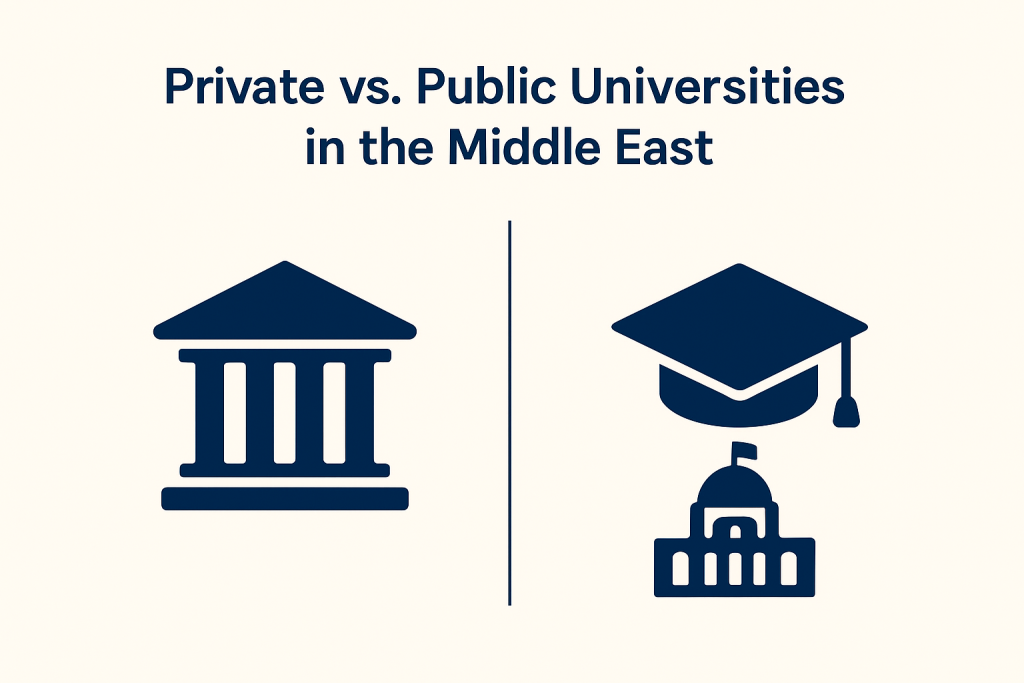
The Middle East has emerged as one of the most dynamic education regions in the world. With its mix of centuries-old public universities and modern private institutions, students are often torn between the two paths. Should you join a historic giant like Cairo University or the University of Jordan, or opt for a globalized private institution like AUC, AUB, or AUE?This article goes beyond tuition and reputation — diving into student experience, employability, teaching methods, and lifestyle — to help you make the best decision for your academic journey.


